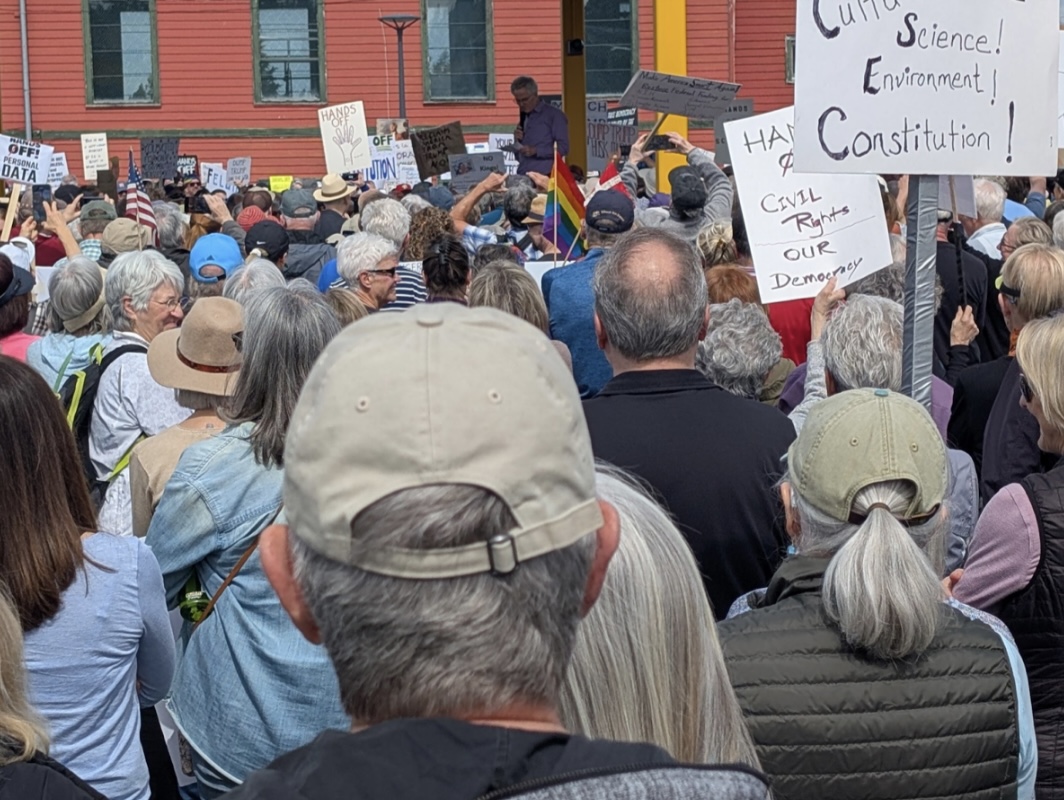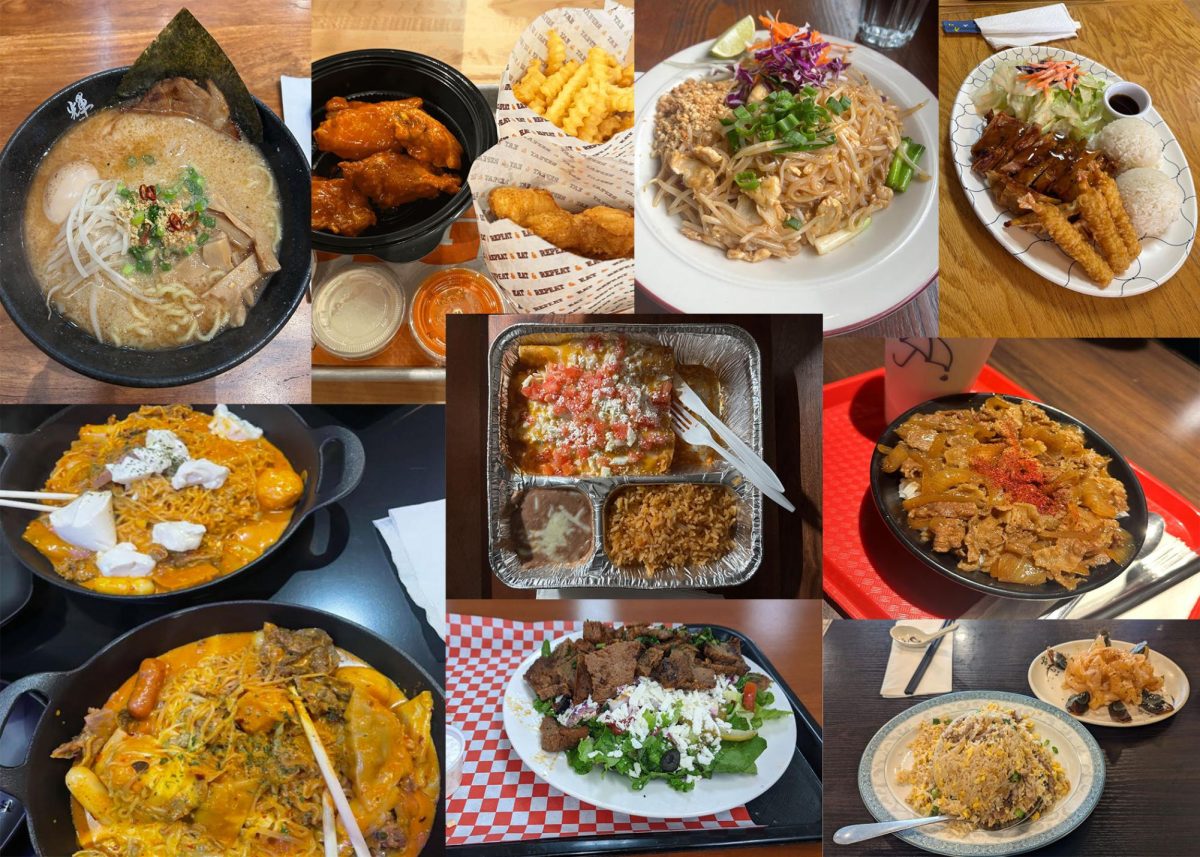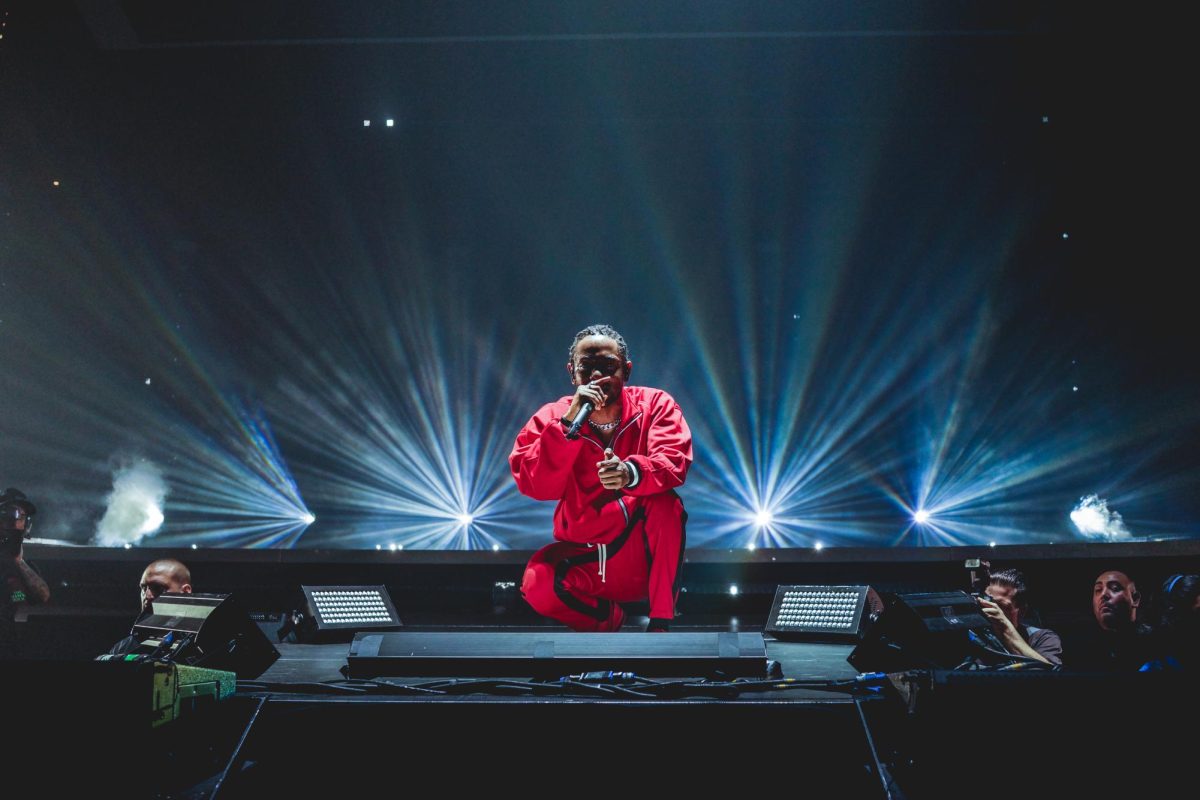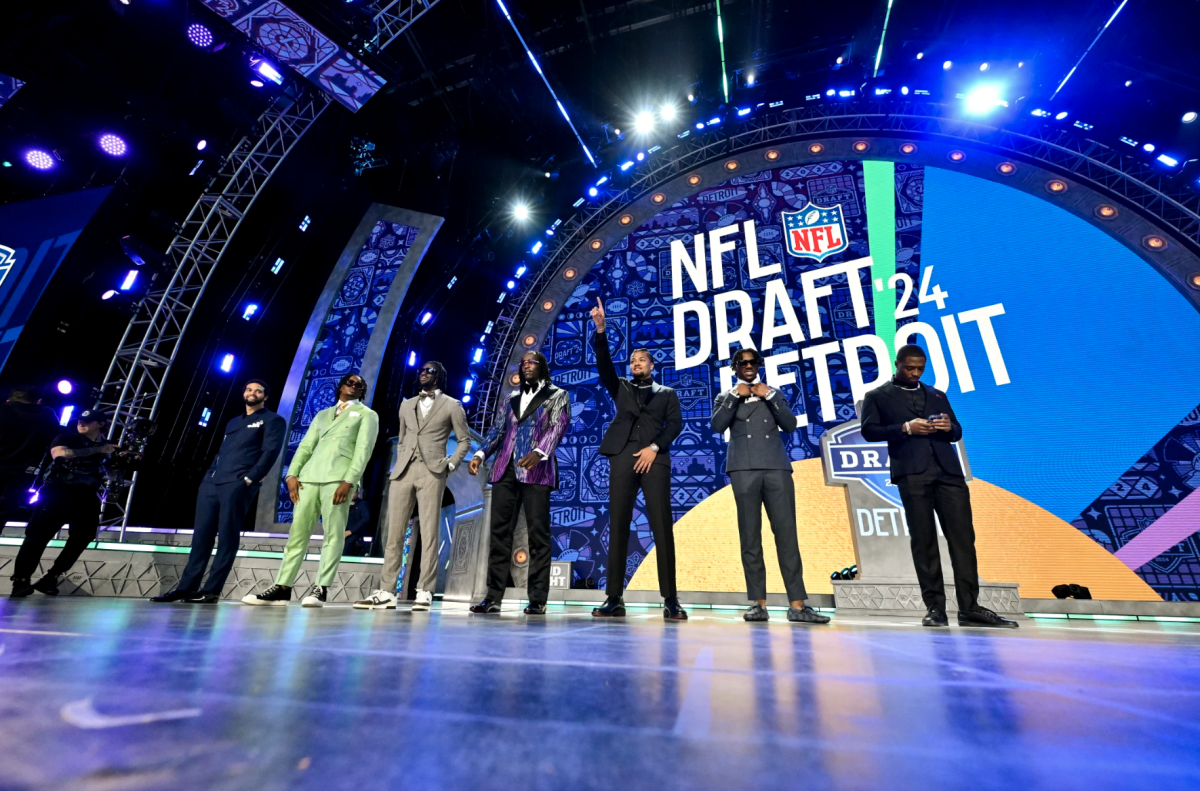THE PRICE OF THE MODEL MINORITY
As a student who identifies as an Asian in America, my heritage brings with it prejudice against me, as a girl with slender, almond-shaped eyes and “yellow skin.” This means that like it or not, sometimes, I have to deal with the high expectations and restrictive perceptions of being part of a “model minority.”
A model minority is a minority group whose members are perceived to achieve a higher degree of socioeconomic success than the average population. In America, Asians tend to be seen as a model minority. Historically speaking, however, this was not always the case.
In the mid-1800s, Asians in the U.S. were looked down upon and reputed as scoundrels and job-stealers. Economically, data shows that both the pay and positions of African-Americans and Asian-Americans were around the same range back then.
Incidents such as the Chinese Massacre of 1871 also took place, with mobs attacking the residents in Los Angeles’ Chinatown, resulting in deaths. Laws against Asians were passed, such as the Chinese Exclusion Act of 1882 which banned Chinese immigration. By 1917, all forms of immigration from Asia had been completely banned by the U.S. government.
During those years, the racial wage gap only considered white people and immigrants — but slowly, the census saw wealth rising for Asian-Americans, among the minority groups.
Newspapers began portraying Asian-Americans as hardworking, with good family or marital values, and a positive light was shed on them much more often. That transition brings us here, to the idea of a model minority.
There are reasons to why this occurred. America was starting to worry about a lack of allies during the Cold War, and by establishing better race-relations with Asian countries, they hoped to get connections to countries in Asia, to form stronger alliances.
Besides international reasons, domestically, African-Americans had started to become more active in voicing their demands for the rights and equality they deserved. An easy way to combat the protests was by pitching the idea of a model minority against them. By showing that one minority group could succeed, it was easier to rationalize that there was no real advantage to being white, and therefore no disadvantage to being black.
Being deemed a “model minority” might not seem bad, but this mainstream perception held toward Asian-Americans is not healthy, even within the Asian community itself. People aren’t as cut and dry as these ideas label them to be.
As multifaceted people with very different backgrounds and personalities, not all Asians are book-smart, wealthy and docile. These stereotypes push a heavy, almost disabling weight of self-reliance, which can result in a hesitancy to ask for help, which is a very real issue in Asian communities (for example, in fields like mental health).
Although I am Asian myself, I do find the concept of the model minority highly unfair, especially when used as an argument against the demands of other people-of-color communities here in the U.S.
Not to dismiss the accomplishments and high values of many Asians, but it is important to keep in mind that when groups of people are being pitted against each other in an invisible hierarchy, how can black, Latino and Native American communities ever make it out of their centuries of pain and oppression when never given the chance to gain the rights they deserve?
My ancestors may have found it a blessing that they were able to find refuge here, and for that I am lucky.
But I cannot stand by with things being the way they are today.
I acknowledge my heritage and how that plays a role in standing in solidarity with all people of color. It’s a tiny contribution, but it’s my first step to reach out to those in my community.
We have to stop standing from the outside and making it “their” problem, and start thinking about how this is “our” problem, and stand together as citizens of the country.







